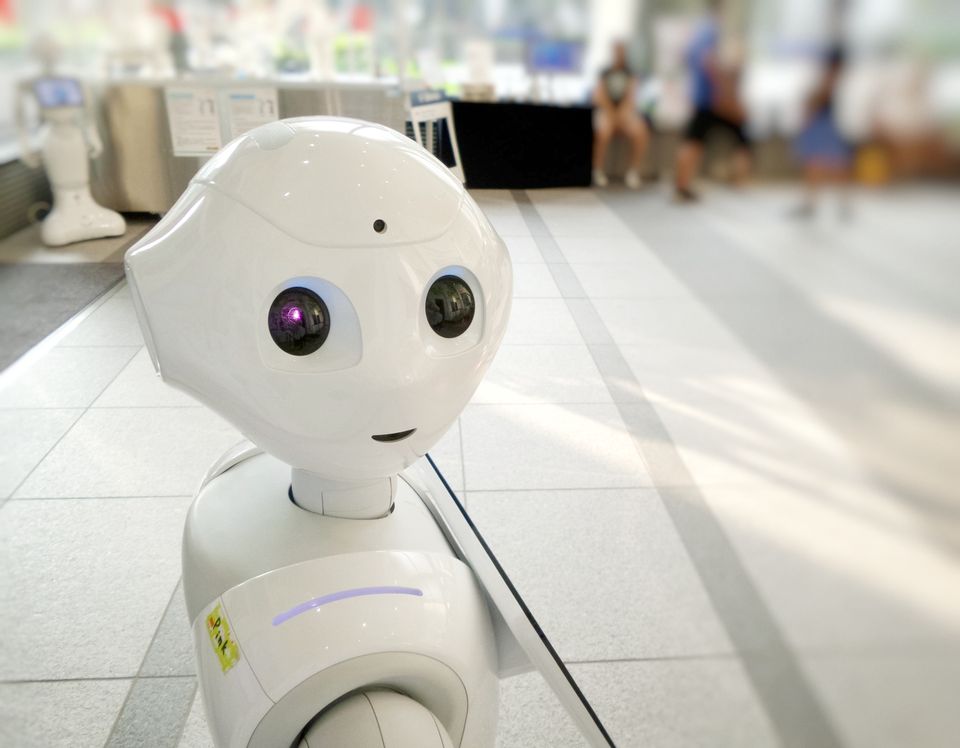
The 2022 edition will exist in virtual reality and use data harvested from universities, galleries and art centres to select artists.
By JOSÉ DA SILVA on May 27th, 2020 12:33 p.m.
Curators may soon find themselves out of a job as the Bucharest Biennale announced this week that its tenth edition will be curated by an artificial intelligence (AI) programme called Jarvis, named after a fictional AI that appears in the Iron Man films and comics called JARVIS (just a rather very intelligent system).
The programme is being built and developed by the Vienna-based studio Spinnwerk and will begin by generating a “short text as a concept—like a sentence or two,” says the Spinnwerk founder Razvan Ion. It will then “use deep learning in order to learn by itself from databases from universities, galleries or art centres” using the initial concept as the “key structure” for its curatorial choices, Ion says. “At the end of the process Jarvis will select several participants/artists/creators for the biennial based on his knowledge,” he says. Ion adds that the team will have to rely on organisations that have the relevant information in a database form and that are willing to share it.
The biennial will take place virtually, in the Spinnwerk VR gallery (due to be launched in October), according to Ion, and be accessible worldwide. In addition, there will be VR booths in Bucharest and Vienna where people without VR headsets at home can view the biennial. “People will react and feel completely different after experiencing our immersive narrative,” he says.
This ninth Bucharest Biennale, titled Farewell to Research and curated by a human, Henk Slager, was due to open tomorrow but has now been postponed and moved online. It will be launched on 28 June.